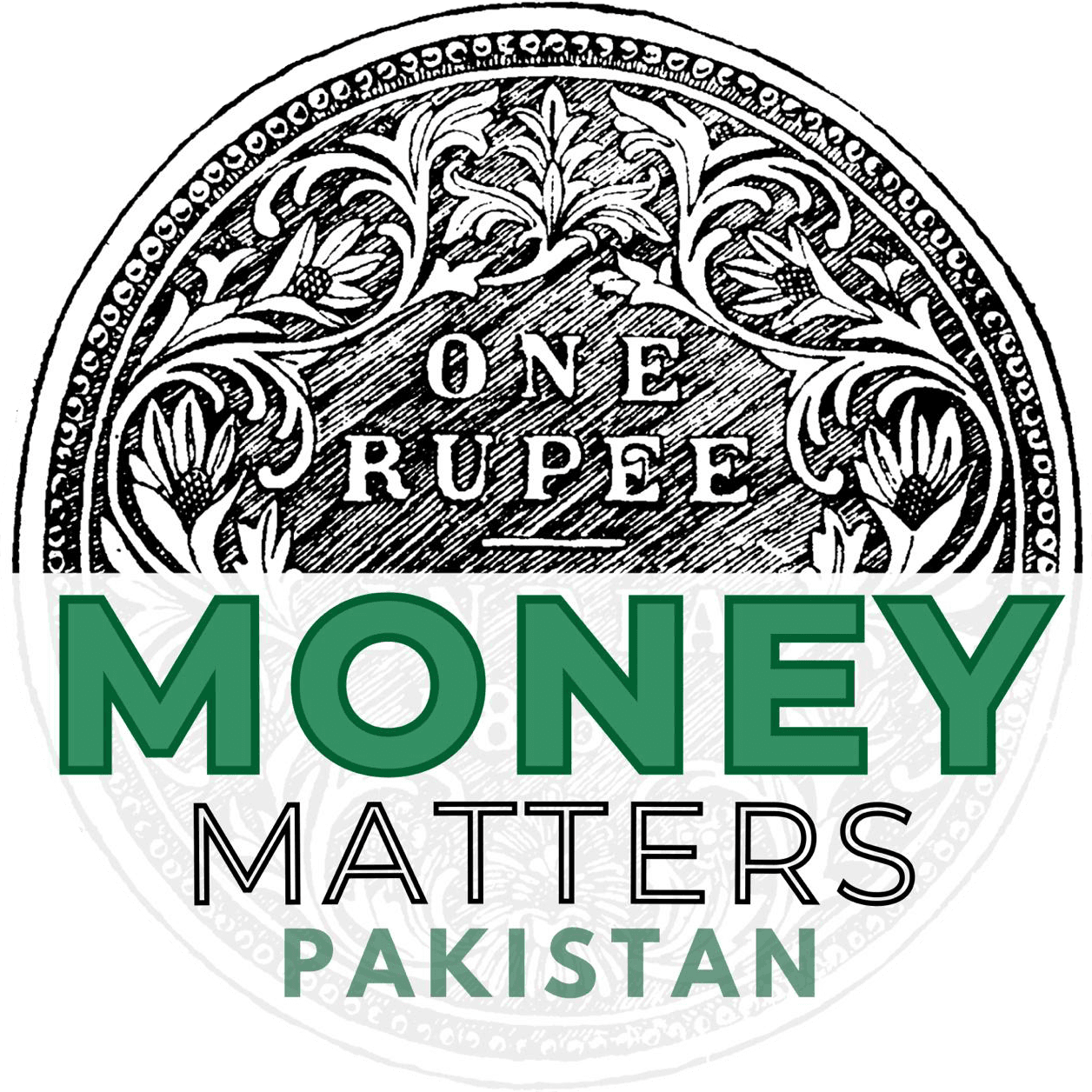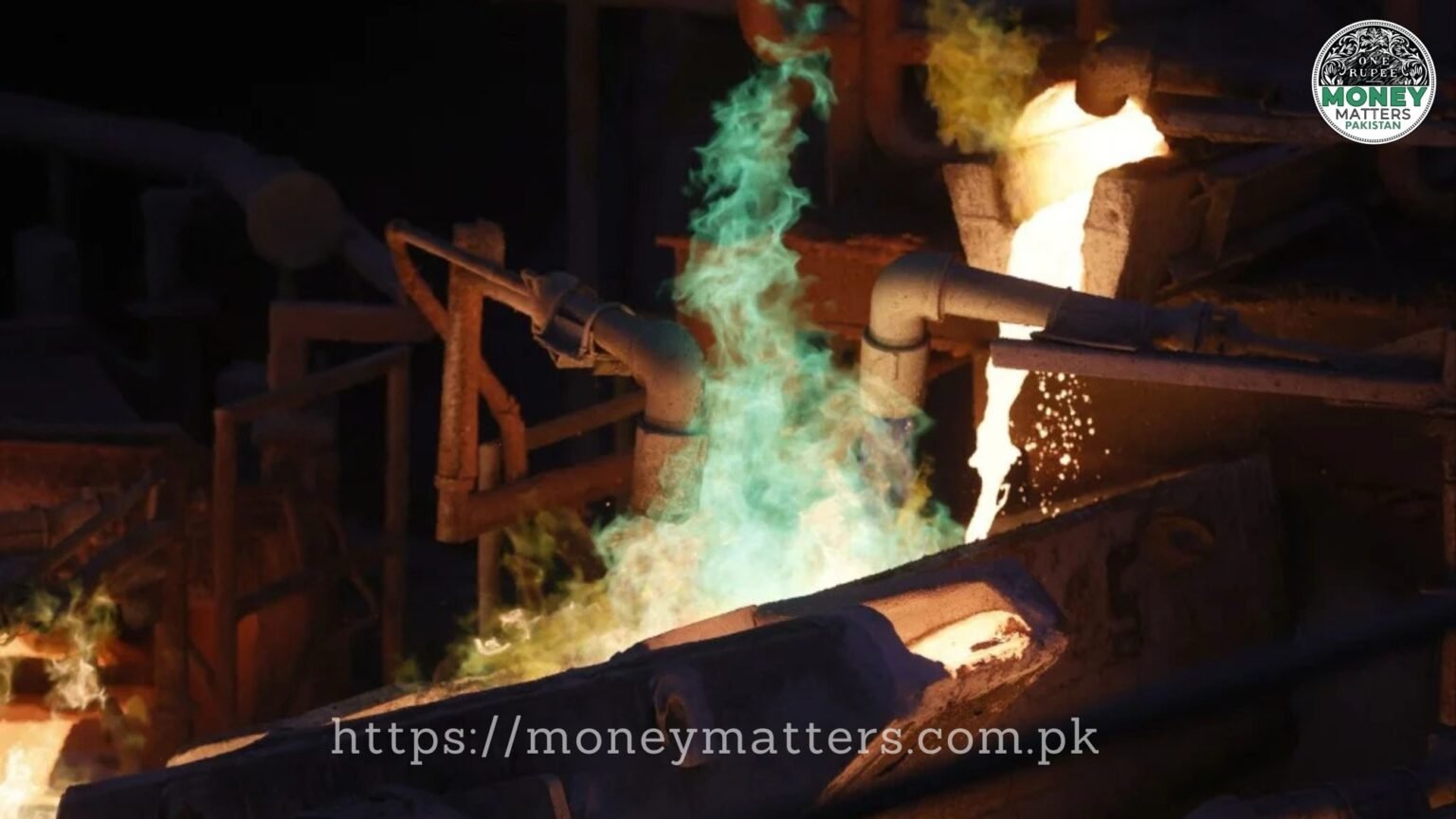Buoyed by Reko Diq and new discoveries, Pakistan seeks to leverage vast mineral resources for economic growth, drawing parallels with Indonesia’s nickel industry.
Key Takeaways:
i) Pakistan is banking on its largely untapped mineral wealth, particularly copper and gold reserves in Reko Diq and recent discoveries in Balochistan, to stimulate economic growth.
ii) The government is focused on attracting foreign investment and shifting towards exporting processed minerals to maximize returns and create domestic jobs.
iii) Analysts suggest that while Pakistan has significant potential, it must navigate geopolitical pressures and ensure sustainable and equitable development of its mining sector.
Money Matters Monitoring – A recent report by the South China Morning Post, titled “Pakistan bets big on mining boom – can it equal Indonesia’s nickel success?” and authored by Maria Siow, highlights Pakistan’s ambitious plans to transform its economy through the development of its extensive mineral resources. The article states, “[Pakistan is poised to join the ranks of the world’s top producers of critical metals by the end of the decade…]”
The optimism is largely driven by the April 8th agreement between the Pakistani government and Canadian mining giant Barrick Gold to unlock the potential of the Reko Diq mine in Balochistan. This site is believed to hold some of the world’s largest untapped deposits of copper and gold. According to the Asia Times, National Resources Limited (NRL), a Pakistani-owned firm, also recently announced substantial gold and copper reserves in Balochistan’s Chagai district. “[Within 18 months, it claims to have pinpointed 16 mineral-rich locations across a 500-square-kilometer expanse, with drilling at the Tang Kor, Chagai site reportedly confirming significant deposits],” the Asia Times reported on April 24, 2025.
Production at Reko Diq is expected to commence by 2028, with the potential to produce 200,000 tons of copper and 250,000 ounces of gold annually for over 50 years.
The government organized the Pakistan Minerals Investment Forum 2025 in Islamabad, aiming to attract both local and foreign investment in the country’s mineral sector, estimated to be worth trillions of dollars. Deputy Prime Minister Ishaq Dar, at the forum, launched the National Minerals Harmonisation Framework 2025, emphasizing Pakistan’s strategic position to become a global mining powerhouse due to its rich geological landscape, including deposits of rare earth elements and gemstones, according to The Express Tribune.
The government’s strategy includes a shift from exporting raw materials to promoting the export of semi-finished and finished mineral products. This approach is expected to yield higher returns, create employment opportunities, and foster skill development within the country. Technology transfer is also a key consideration in investment agreements, aiming to build local expertise in extraction, processing, and equipment manufacturing.
However, analysts caution that Pakistan must carefully navigate the complexities of global geopolitics, particularly the competing interests of China and the United States in its mineral wealth. Michael Kugelman, a South Asia analyst based in Washington, noted that “[If Pakistan plays its cards right, it can leverage US-China competition to its advantage…]” but warned of the risks of being pressured to favor one power over the other, potentially deepening its entanglement in global rivalries.
Furthermore, while the mining boom holds immense economic promise for Pakistan and Balochistan, concerns remain about the potential for local conflicts and the environmental impact of large-scale mining operations in a region already vulnerable to climate change.
Despite these challenges, the successful development of Pakistan’s mineral resources, drawing inspiration from Indonesia’s success in the nickel industry, could potentially reduce the country’s reliance on international financial institutions and usher in a new era of economic stability and growth. Production at Reko Diq is expected to commence by 2028, with the potential to produce 200,000 tons of copper and 250,000 ounces of gold annually for over 50 years.




